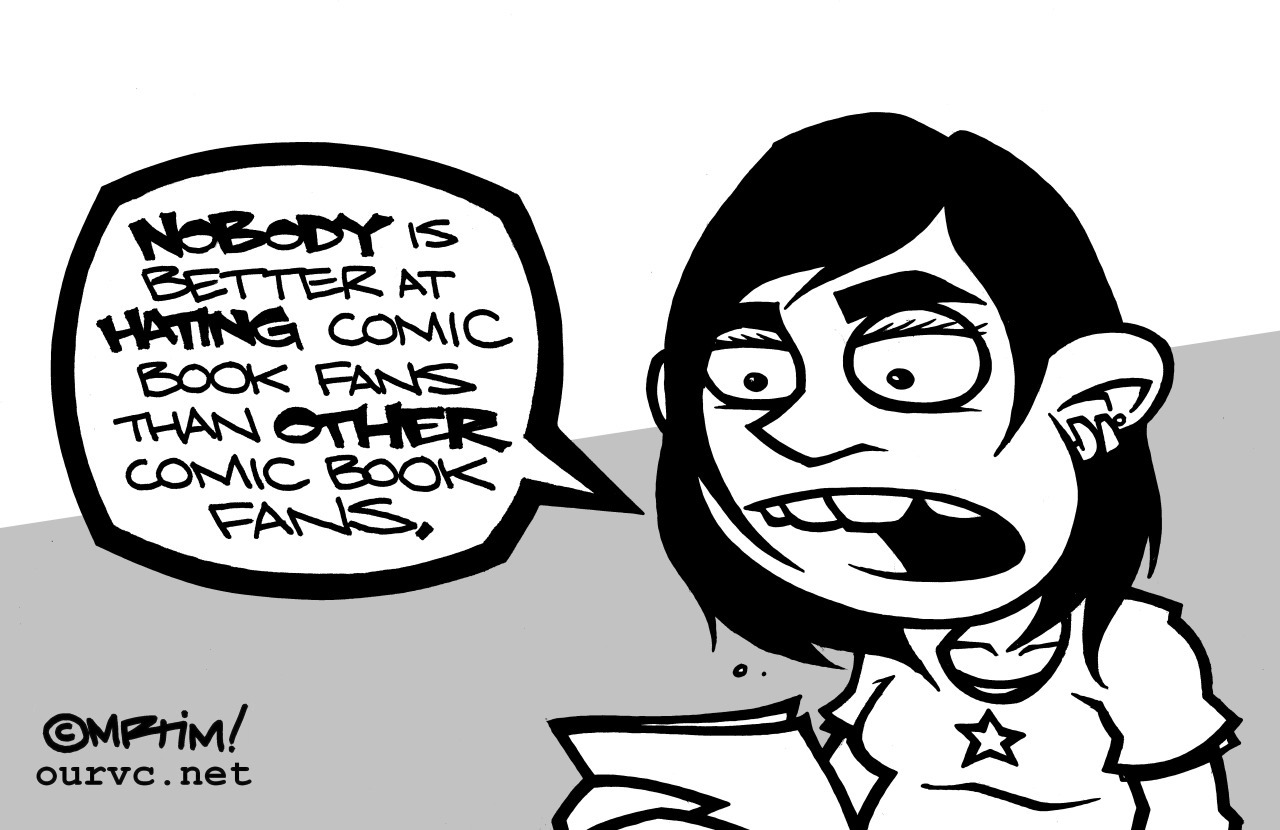Found them! Five photos, taken in fading dusk light after panickingly searching for my camera during what I sincerely hoped was a _test_ missile. 😉
This was the October 3, 1999 antiballistic missile system test described here http://articles.latimes.com/1999/oct/03/news/mn-18259
Files scanned October 14, 1999, and sat around for aaaaages. 🙂


